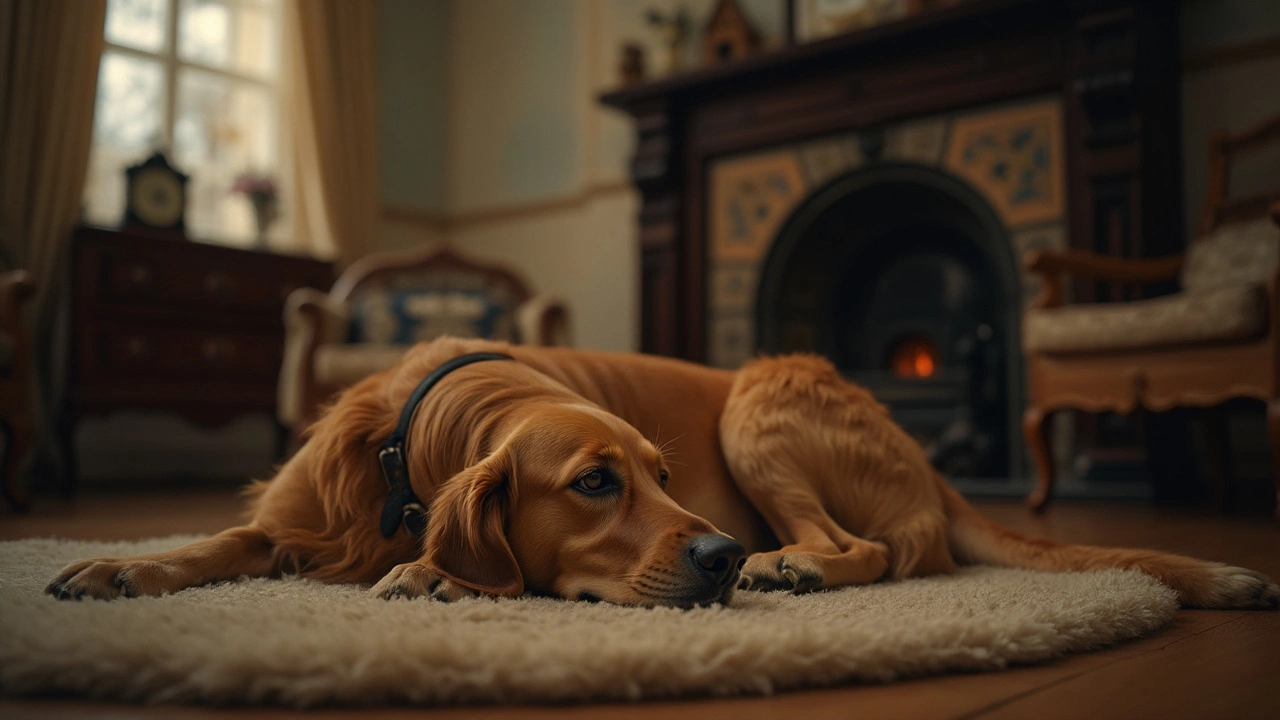Nighttime Safety for Pets: Keep Your Dog and Cat Safe After Dark
When the sun sets, many pet owners wonder if their routine needs a tweak. Do you leave a night‑light on? Should you stop feeding your dog late? The answers are simple, and they can make a big difference to your pet’s comfort and health.
Lighting and Comfort
Most dogs feel fine in total darkness, but a soft night‑light can calm anxious pups. A low‑watt LED placed near their crate or bed helps them find their way without startling them. Cats, on the other hand, love a bit of low light for navigating their favorite hide‑outs. If you notice your dog pacing or whining after lights out, try a dim light for a few nights and see if the behavior eases.
Don’t over‑do it – bright lights can disrupt natural sleep cycles for both pets and humans. Aim for a glow that’s just bright enough to see a water bowl but not enough to keep you awake.
Feeding Times and Night‑time Digestion
Timing the last meal can impact a pet’s sleep. Feeding your dog too close to bedtime may cause stomach upset or extra bathroom trips. Most vets recommend finishing dinner at least two to three hours before you turn in. This gives the food time to settle and reduces nighttime accidents.
For cats, a small late‑night snack can be helpful if they’re prone to midnight hunts. A measured portion of dry food or a few kibble pieces keeps them satisfied without overloading their stomach.
Safe Sleeping Spaces
Make sure the place where your pet sleeps is free from hazards. Keep cords, small toys, and chewable items out of reach. A sturdy dog bed or a cat condo placed away from drafts creates a cozy nook. If you use a crate, check that the door can open easily in case of an emergency.
Temperature matters too. A room that’s too cold can lead to shivering, while overheating can cause restless sleep. Aim for a comfortable 65‑72°F (18‑22°C) and use a light blanket if needed.
Noise and Anxiety
Night‑time noises—traffic, distant sirens, or even the HVAC—can startle pets. White‑noise machines or a fan can mask these sounds and create a steady background hum. If your dog or cat shows signs of anxiety (pacing, whining, or trying to escape), consider a calming collar or a short walk before bed to burn off excess energy.
Some owners find leaving a TV on low volume helps, but be sure the content isn’t too stimulating. A nature documentary with gentle sounds is a better choice than an action movie.
Quick Checklist for a Safer Night
- Use a dim night‑light for dogs, a soft glow for cats.
- Finish the main meal 2‑3 hours before bedtime.
- Provide a small late‑night snack for cats if needed.
- Keep the sleeping area free of cords, small toys, and sharp edges.
- Maintain a comfortable room temperature.
- Use white‑noise or a fan to mask sudden sounds.
- Check that crate doors open easily and that bedding is safe.
Following these simple steps can turn a restless night into a smooth, safe snooze for you and your furry friends. Your pet will thank you with a calm, happy demeanor every morning.
Posted By Bryndle Redding On 28 Jan 2025 Comments (0)
Should You Remove Your Dog's Collar at Night? Pros and Cons Explained
Deciding whether to remove your dog's collar at night can impact their comfort and safety. This article explores the benefits and potential risks associated with leaving collars on or taking them off while your pet sleeps. We provide safety tips, signs to watch for, and advice on collar selection to help make an informed decision.
READ MORE